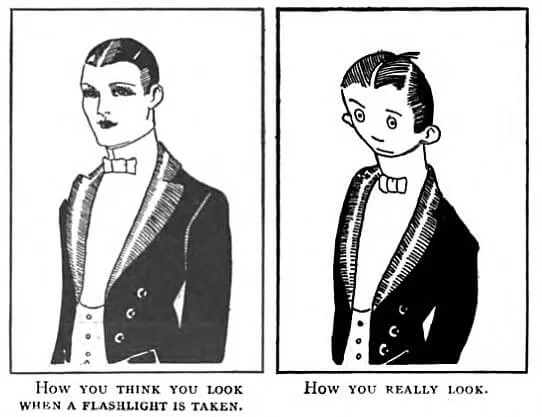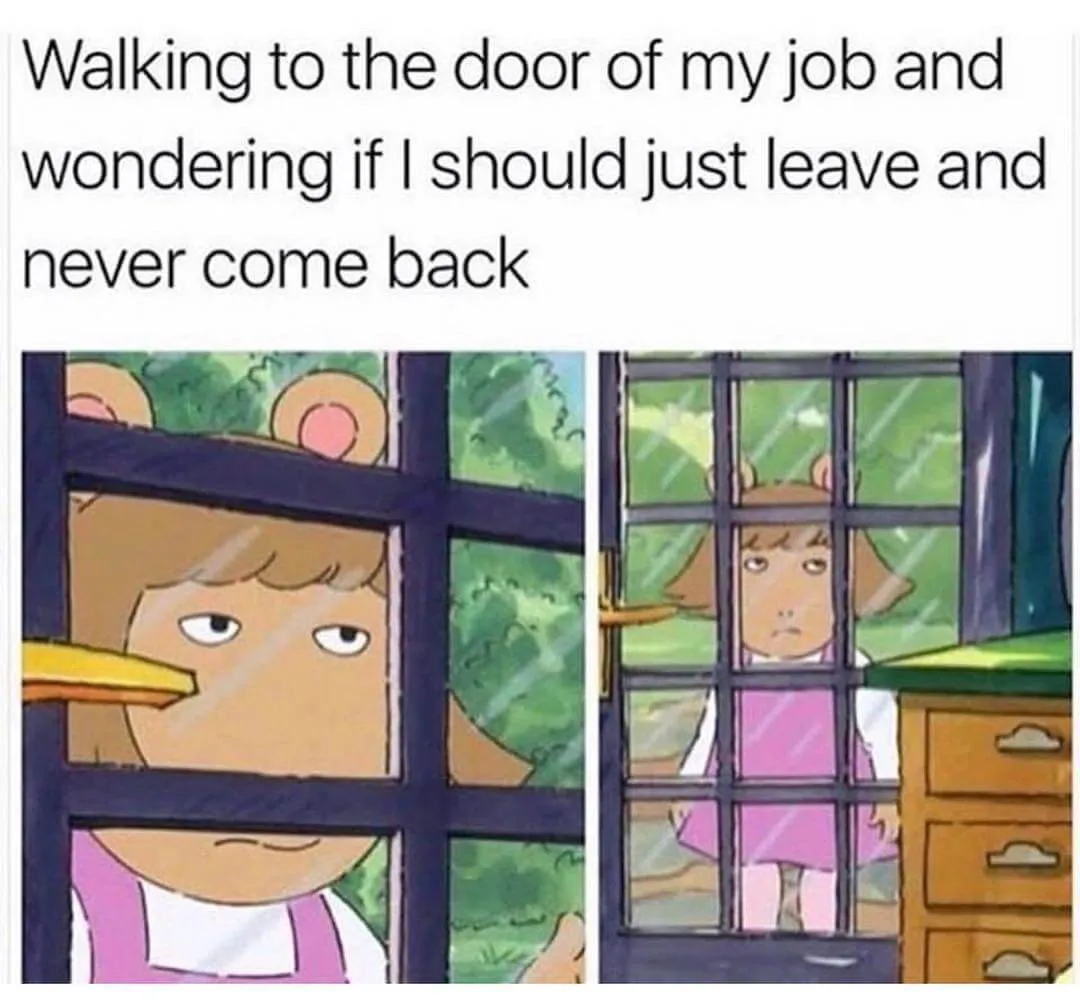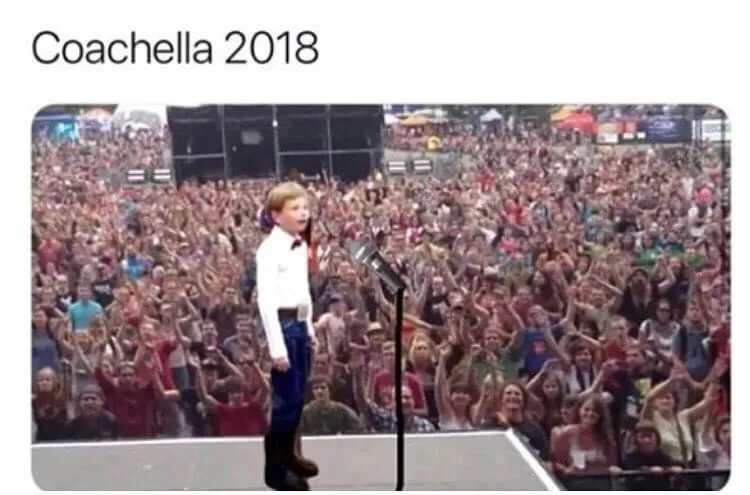Now That We’ve Hit Peak Meme, Let’s Take A Deep Dive Into Meme Culture
Memes: they’re not just the thing your parents don’t understand. But don’t make fun of them too much, they were actually the ones who kicked off the modern day meme. They aren't just an Internet thing though. The word “meme” comes from the Ancient Greek term for “imitator, pretender” so it's got a pretty long history.
Whether you're an avid meme creator and user, or you just like to enjoy them as they show up on your Instagram timeline, this deep look into the origins of our modern day memes will expand your meme knowledge. The first modern meme is more than 100 years old!
How Do You Pronounce Meme?
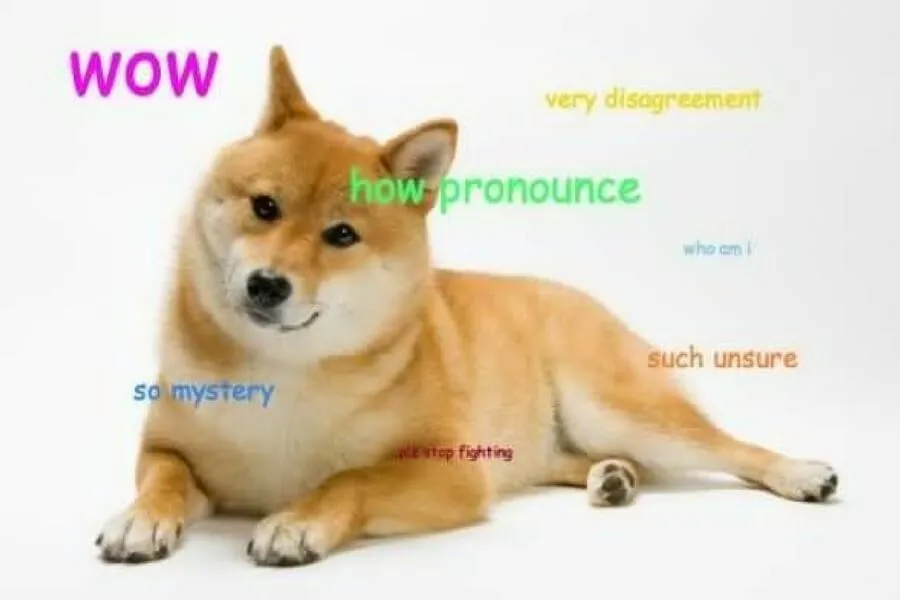
This might seem weird, but a scientist actually coined the term ‘meme.’ Richard Dawkins is a controversial evolutionary biologist. He published a book about evolution called The Selfish Gene, in 1976.
In his book, he defined a meme as “any cultural idea, behavior, or style which could be replicated.” The word came from "mimeme," an Ancient Greek word that means “imitator.” Dawkins wanted to shorten the word, and “meme” sounds like “gene.” That definition should end the age-old debate on how to pronounce the word. If someone's arguing with you, kindly point out the word is meant to rhyme with "gene". Checkmate.
Get A Degree In Memetics
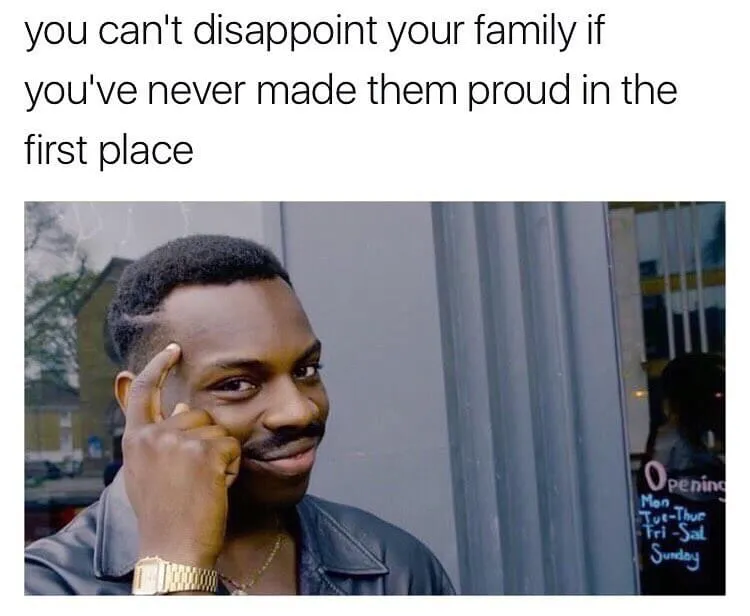
The original definition of a meme meant that it could be fashion, music, slang, and yes, humor. One example of a meme in this definition is the song Happy Birthday. It’s a cultural idea that is replicated and now a part of our culture. Memes can even be the cultural phenomenon of cooking ham on Easter and doing an egg hunt. Memes are literally life.
People who study the original forms of memes and their evolution onto the internet study "memetics." This means that if your Social Science degree isn't working out, you might still have a chance.
What Does Urban Dictionary Have To Say

Fast forward to the age of the internet and we have a whole new ballgame. A meme is now used to describe a “humorous image, video, or piece of text that is copied and spread rapidly amongst internet users.”
This sounds a lot more like what we think of a meme being. A meme usually is trying to convey a message or theme. Basically, a meme now is any image, gif, or video that goes viral and is shared to express a feeling or thought. This may sound very broad, and it is. The meme format Gen Z is used to today was not how it started out.
The First Meme
The first meme as we know it wasn't in the 1990s, or even in 1976 when Dawkin's coined the term. It was actually a 1921 cartoon that appeared in a satirical magazine called The Judge. The internet recently dug up the old comic strip and people were freaking out at the similar image format and captioning.
It's validity was fact-checked and now everyone is convinced that it was the first ever meme. It’s been nearly a century, but this meme shows our sense of humor is still self-deprecating. It's the 1921 version of how you look with the flower crown Snapchat filter vs. without it.
The Dancing Baby
One of the first Internet memes was an animated dancing baby. Some millennials might remember the 3D baby dancing in the corner of your friend's personal website. The dancing baby was created for Character Studio for LucasFilms and the creator thought it was strange and funny, so attached it in an e-mail to some coworkers and the rest is history.
The dancing baby took the 1996-internet by storm in a very organic way. Seriously, it even ended up on an episode of Ally McBeal. Looking back on it, it's actually a little creepy.
It’s Peanut Butter Jelly Time
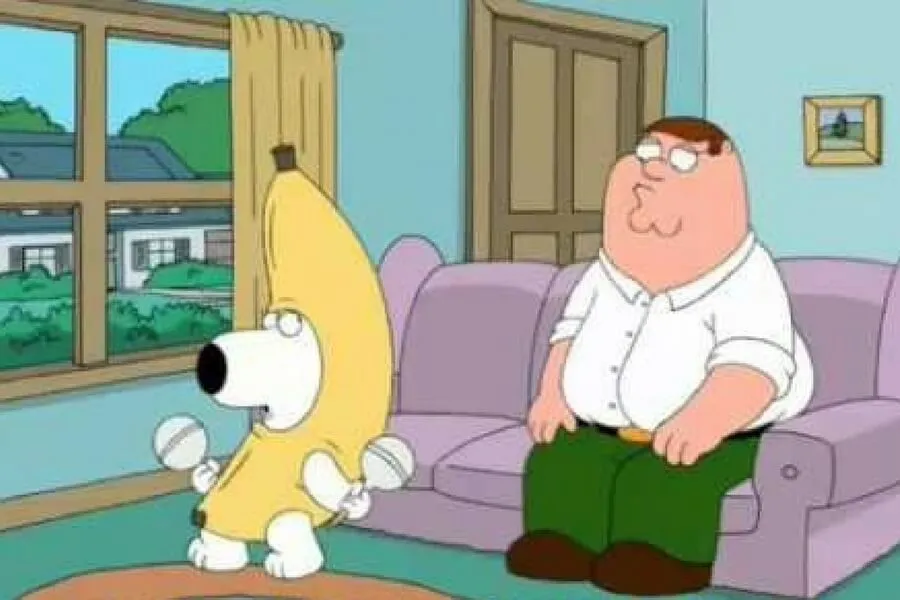
After the dancing baby, basically, any dancing gif became an internet meme. The hamster dance was a gif of animated hamsters dancing to “Whistle Stop” from Disney’s Robin Hood.
There was also the "peanut butter jelly time" dancing banana. For those of you too young to remember the dancing banana, when Bryan from Family Guy dances in a banana suit he’s recreating this original meme. This was the early days of what people found funny on the web. The ability to share a moving image or GIF to any platform was a way of sharing humor never seen before.
Lolcats Are The Most Basic Memes
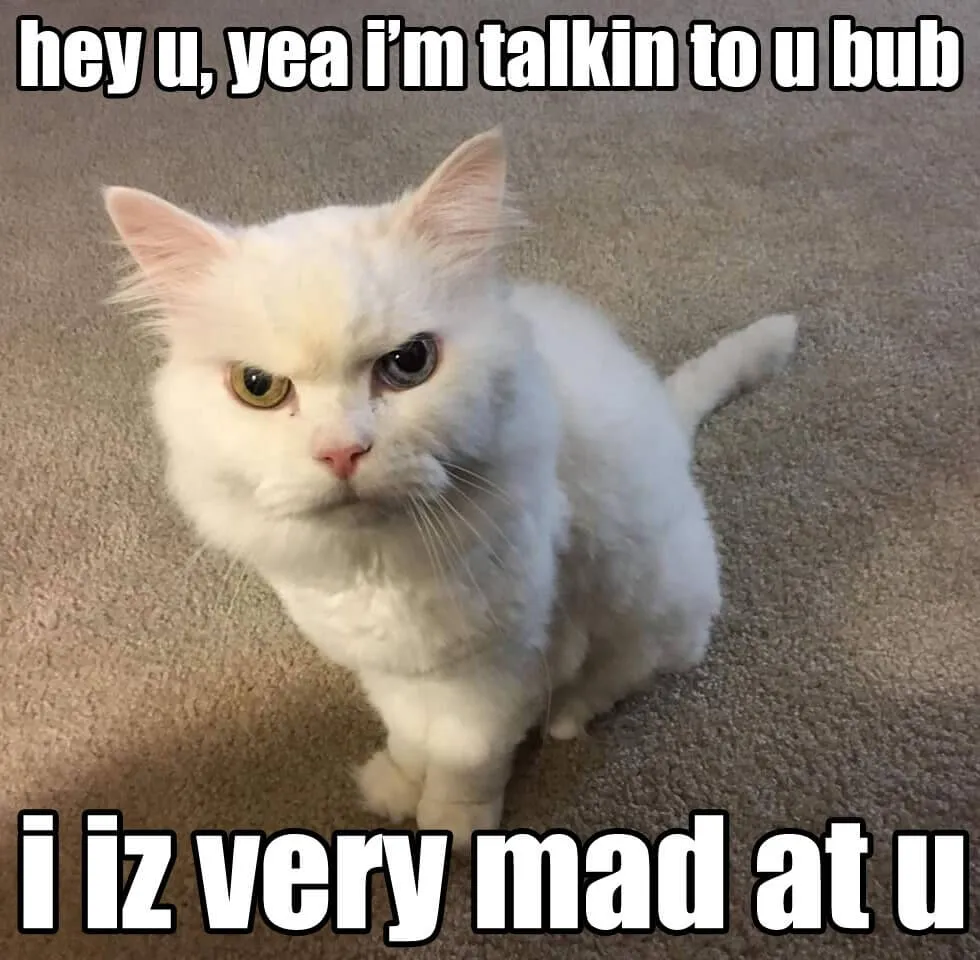
The Lolcat (LOL-cats) meme is one of the Internet’s earliest attempts at imposing everyday humor to a photo. These were images of cats with text that send a message. These memes spawned the terms “nom nom nom” and “lolz”. "Can I Haz Cheezburger" cat is the most well known of the Lolcats.
Their humor was simple, lighthearted, and often involved snacks. Lolcats represented the wholesome side of memes that are not as common anymore. They are essentially the memes you grandma still finds hilarious.
The Lifecycle Of A Meme

Internet memes originate and spread in a pretty routine form now. The general consensus is that most early memes begin in the deep, dark catacombs of 4Chan. The users of 4Chan are notoriously awful, but they are the ones to popularize a lot of the earliest memes.
Now, most memes begin on Reddit or Twitter, then they spread to other social media sites like Tumblr, Instagram, and Facebook. This lifecycle is well known to avid internet users and content creators. You have to go searching to find the freshest memes because once they get to major social media sites, they're probably already dead.
Memetic Engineering

One of the coolest things about memes is that they seem to arise organically. Just take salt bae. He didn’t upload his video expecting to become a meme, but one screenshot and some overplayed text later and voila.
Memetic engineering refers to when you actively create a meme. 4Chan users made most of them originally, and this is still more common today than we think. Just think about when cartoons or drawings become memes. Any SpongeBob meme is memetically engineered, so if you create memes and your parents complain you're not doing enough in life, you can call yourself a memetic engineer.
Rick Rolling
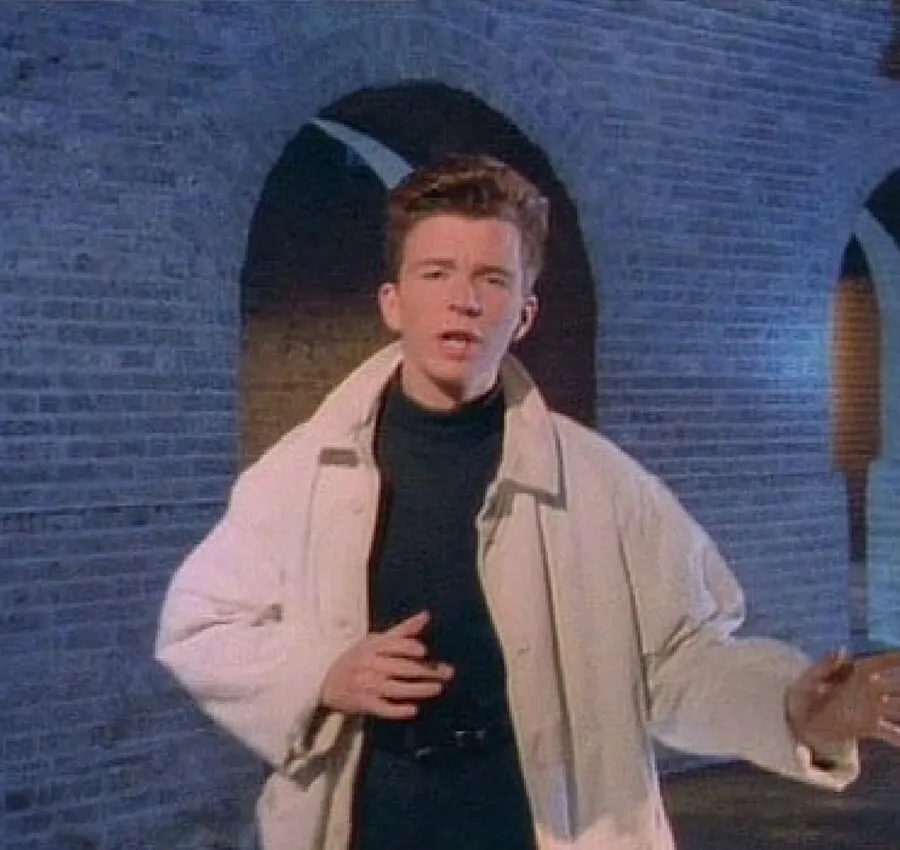
One of the longest lasting memes is the phenomenon of tricking someone into opening a link that redirects the user to Rick Astley’s music video for “Never Gonna Give You Up” (1987).
The first recorded Rickroll in history occurred on March 29, 2007, when a 4Chan link for Grand Theft Auto IV led to the video link. By April 1, 2008, YouTube picked up on it and Rickrolled their entire website. People may not consider Rickrolling a meme, but it's way or sharing a piece of culture, being part of an inside joke, and it's viral impact make it part of the meme family.
Advice Animals Had The Worst Graphics But They Were Funny
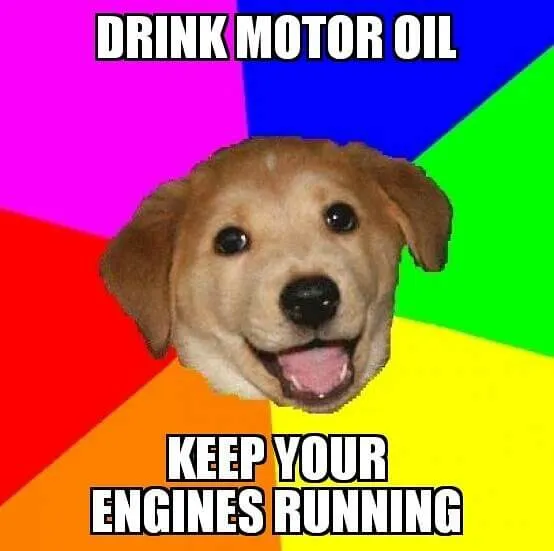
Photo credit: @geek_buddies / Instagram
Advice animals have to be some of the most resilient memes out there. These memes developed out of Lolcats and had funny captions to match whatever animal featured. Advice Dog, Business Cat, Socially Awkward Penguin, and Confession Bear are all examples of advice animals.
The advice animals evolved into some common memes that still hold their ground today. They also spawned the idea that to understand some memes, the user had to have inside knowledge of the joke. These are essentially the memes that parents still send as e-mail attachments, but for a good reason, because they're still funny and relatable.
The Rage Comics Tapped Into Our Deepest Feelings

This phenomenon might seem medieval to kids nowadays, but it’s kind of like the original stock-photo memes. From the FU Guy, Y U NO Guy, Forever Alone Guy, and Trollface, Internet users could apply the comic faces to any image or scenario they wanted to convey a popular opinion.
What was revolutionary about these memes was that a lot of them were situations and feelings that were not commonly discussed. Frustration, annoyance, and sadness were all emotions that the rage comics allowed the Internet to talk and joke about.
Viral Videos Do Count As Memes

A lot of people today find it hard to call a viral video a meme, but it checks off all the criteria. The earliest viral video meme in 2007 was "Chocolate Rain," a song sung by Tay Zonday.
Keyboard Cat, Dramatic Prairie Dog, and David After The Dentist were all viral videos that made us huddle around the desktop computer and open up YouTube. These videos may not have conveyed a message or allowed for personal text overlay, but they did transform into memes. Just think about how the Walmart Yodelling Kid started as a viral video and is now a meme.
Turning Real People Into Memes
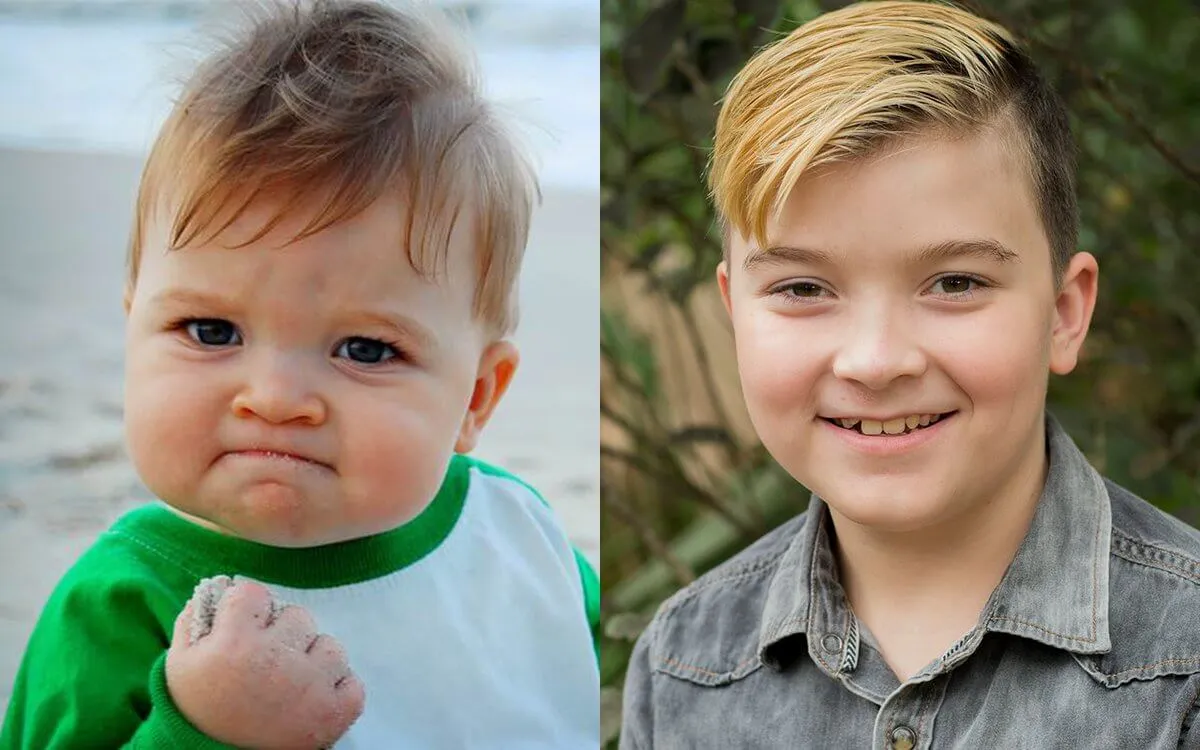
As memes evolved, real-life moments that struck a chord with their audience slowly took over meme culture. This had been done before but in the advice animals format. Success Kid, Confused Keanu, and Scumbag Steve are all an evolution of memes that repurposed people for humor.
US gymnast McKayla Maroney’s angry look when she didn’t win gold became a viral hit. Kanye interrupting Taylor Swift blew up. The internet even turned Hot Convict and Pharrell's Hat into memes. By 2012, instead of creating viral content, people and celebrities were being turned into memes in a very organic way.
The Move From Overlay To Overtop
It might not sound important, but the shift from having a meme with overlayed text to merely sharing an image and writing text above, below, or beside it changed how they were shared online. Rather than having to go create a meme, someone can simply share a viral image on Twitter and add their commentary in a tweet. From there, it's easy to screenshot or share that tweet on a different platform.
This has put more of a focus on the viral image itself and allowed for more people to add their commentary to the image.
Memes With Lifespans Shorter Than A Housefly

More and more it seems like you barely catch on to a popular meme before it’s uncool. The lifespan of a meme is growing shorter as something can become viral quicker. With social media literally in our pockets, people can comment and share a relatable meme in seconds.
A shorter lifespan means that only the strongest memes can survive. This touches back on the evolutionary roots of the term meme. Only the memes that are most relatable and easiest to share or comment on will stick around. Kermit sipping tea will forever be relatable because everyone has awkwardly sipped their drink to avoid confrontation.
No One Pee In The Meme Pool

For a meme to survive and live a long and successful lifespan depends on its meme pool. Seriously, that's an actual scientific term. A meme pool, like a gene pool, is the total of all memes in a population. Now, we think of a meme pool as the entire internet, but even the internet can have different meme pools like Wikipedia pages, social media pages, blogs, and more.
Back to Dawkins, in the old school version of a meme pool, memes can be exchanged in a mall or school. The success of a meme depends on its meme pool. Something could be very funny to users on Instagram but might not be as funny to Facebook users.
Meme Too Real For Real Life
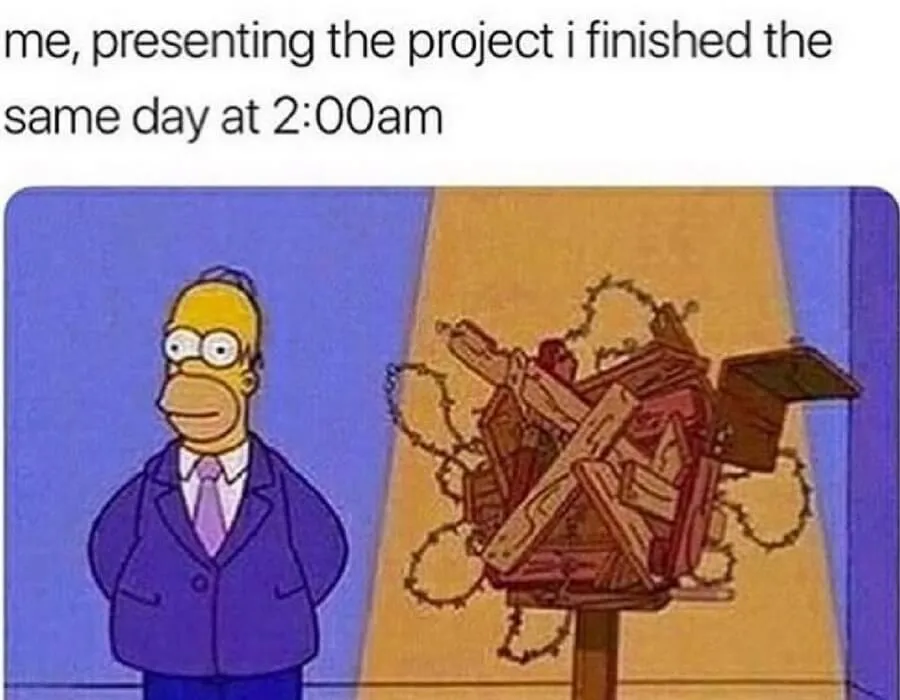
A lot of the trends in the last two years of memes has been a growing use of memes for self-deprecation and spitting harsh truths. People have definitely noticed that memes are being used more as a way to convey feelings and opinions that would not have been openly discussed before.
Rage Comics began this trend but Millenials and Gen Z have continued it on with modern memes. The younger generation is using memes to relate to each other on a more emotional level than ever before. Sometimes the memes can be a little too real, but that's just a way to share between cultures.
Don't Be Scared Of The Memeplex

Once again returning to the biology roots, a memeplex is a scientific term to describe a meme complex. It means that memes will spread better when they team up. In nature, it's similar to animals having a better chance of survival if they work together.
This sounds complex, but we use the memeplex every day. We still combine memes when we think they have a similar theme or can compliment each other with their humor. Who knew when someone slaps SpongeBob onto the Squinting Woman meme, they are undergoing a complex meme phenomenon?
What's Next In The World Of Memes?
You can never predict the next meme, and that might be the beauty of it. Memes have become the primary way for a generation to communicate. Everyone thought emoji was going to become the newest language, but memes have become a complex way of connecting, sharing, and relating to people around the globe.
Parents may think it's vulgar and silly, but the beauty of memes is that they can be repurposed in different ways by anyone. A meme can bring people together and divide them because it allows anyone to speak their mind and give an opinion, but in a humorous way.










